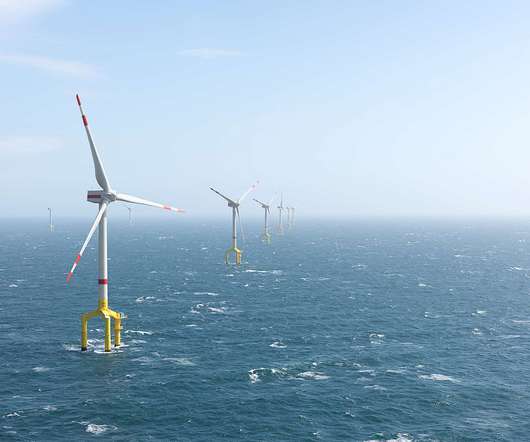Swiss energy services company uses machine learning to see the future
CIO Business Intelligence
SEPTEMBER 26, 2023
But because electricity consumption was easy to gauge, there was no urgency for measuring current and low voltage power flows. That changed in 2017 when Swiss voters approved an energy act that would reduce the country’s dependency on fossil fuels by 2050. Without real-time power measurements, estimated power values were being used.














Let's personalize your content